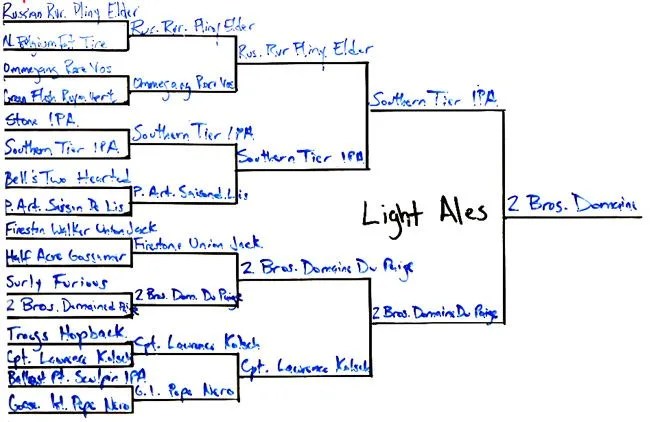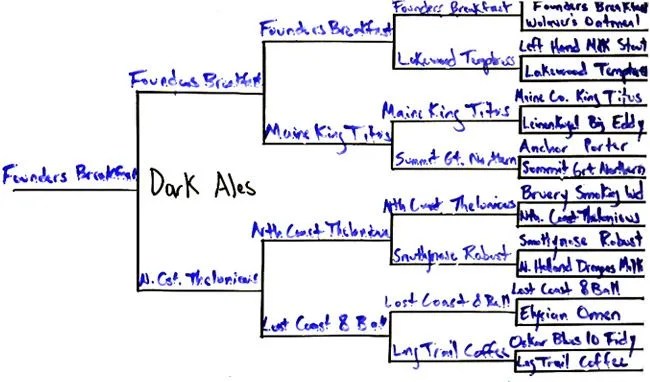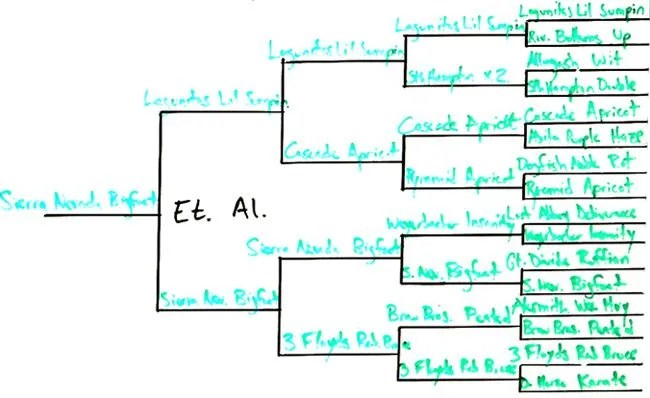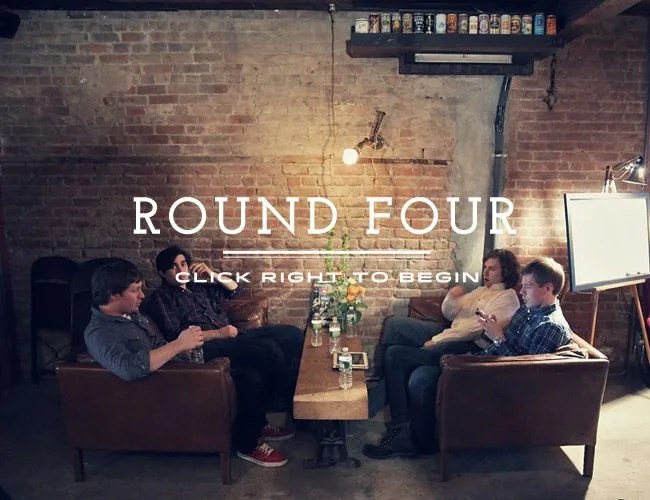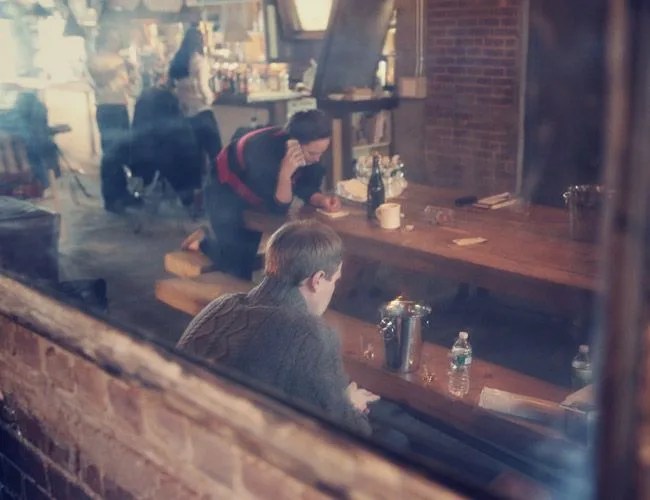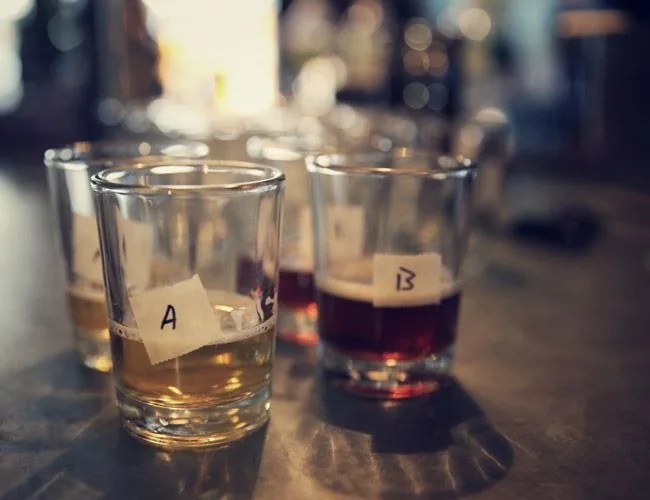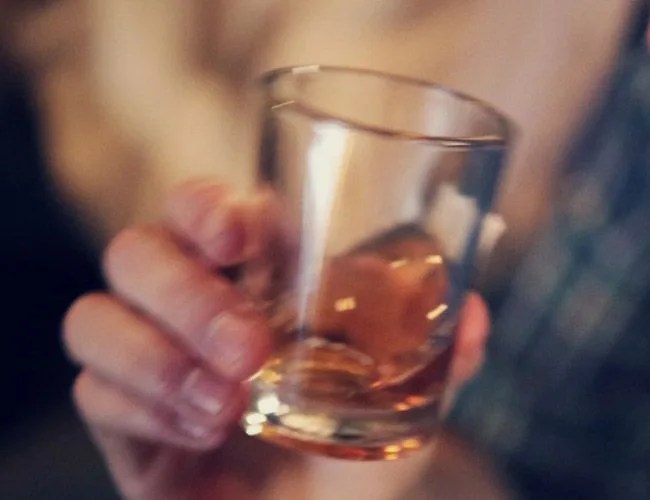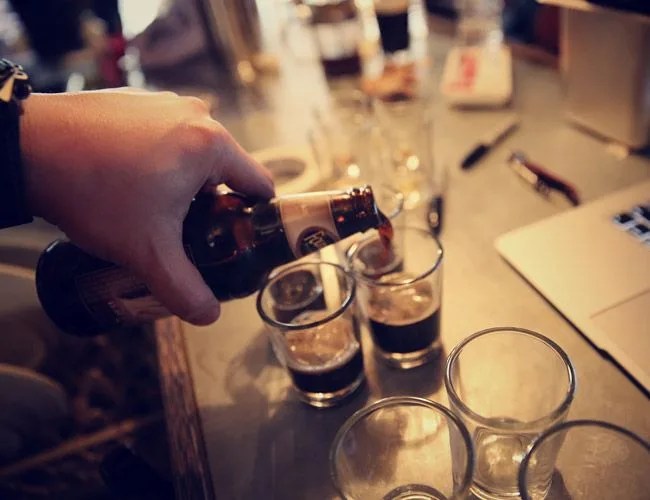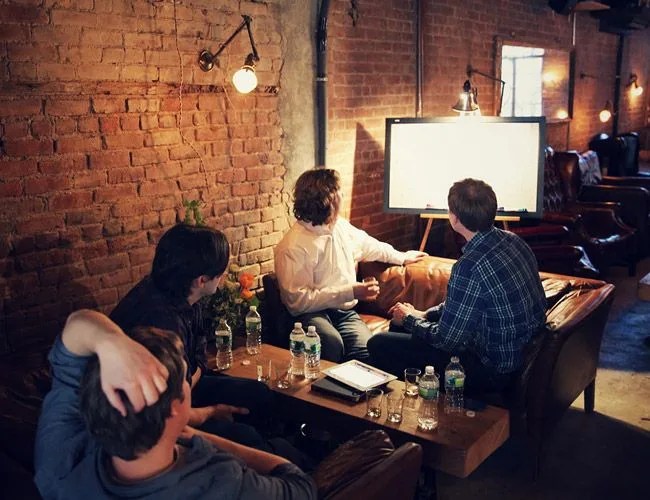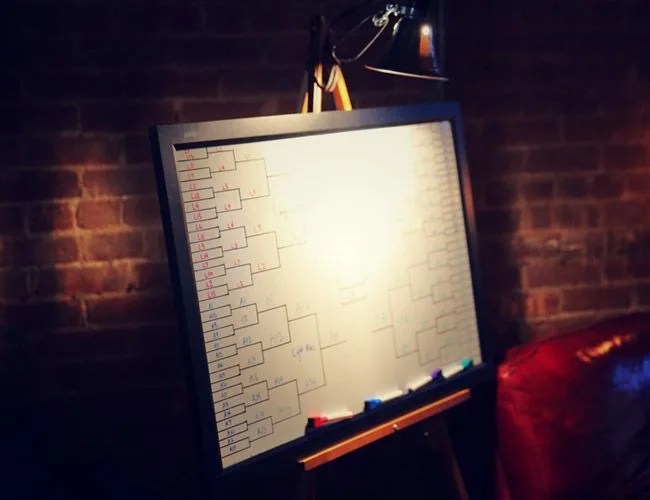“You’re all winners in my book”. Overused by little league coaches everywhere, it’s a turn of phrase that doesn’t even trick children. You think little Tommy really believes he’s a winner? He might’ve been picking his nose absentmindedly when the winning run dribbled right by him, but he’s not stupid.
So we won’t apply it to this tournament, dammit. Call us over-competitive, but just because a beer made our list of 64 great beers doesn’t mean it’s a champ. It’s been a rocky road (see the whole bracket here), and some excellent brews have gone down swinging: Bell’s Two Hearted Ale, Rogue Dead Guy, Oskar Blues Ten FIDY, Lost Abbey Deliverance, even eminent Pliny the Elder, perfect by BeerAdvocate’s and RateBeer’s scoring standards. But they’re out, without a second chance between them. The closest things to winners — beyond the actual champion, that is — will be the final four beers, a.k.a. the top dogs of the Lager, Light Ale, Dark Ale and Et Al. styles.
For the first time in the tournament, all four tasters sat down together — still unaware of what beers they were having, mind you — and sipped As and Bs at the same table. A slightly buzzed council of two experts (our friends at ABC Beer Co.) and two beer fans, we took our time, compared closely, and made our arguments for who we believed the winner to be. Sometimes we agreed, sometimes things got heated, and more than once we called over an associate for a tie-breaker decision. When the dust settled, we had gone from eight beers to four, and the princes of the tournament (can you tell we watch Game of Thrones?) had earned their spots.

Lagers: Great Lakes Eliot Ness (1) vs Victory Prima Pils (2)
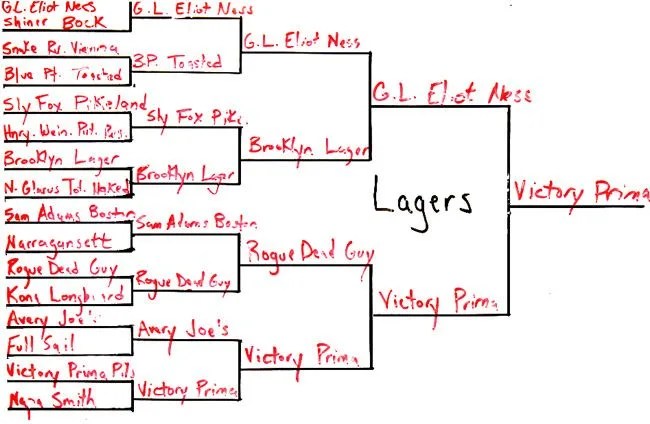
Ah, the Lagers. Defame our tournament all you want, but we’ll always have this beautifully ordered category. Upsets: one (Blue Point Toasted (9) over Snake River Vienna (8)). Average seeding score of the remaining contestants: 95.75. One-seed vs two-seed matchups: the only one in the tourney. Eliot Ness (1) beat Shiner Bock (16), Blue Point Toasted (9) and Brooklyn Lager (4) to make the style championship; Prima Pils (2) took down Napa Smith Pilsner (15), Avery Joe’s Premium American Pilsner (7) and Rogue Dead Guy (3). We had been hoping for this head-to-head all along.

